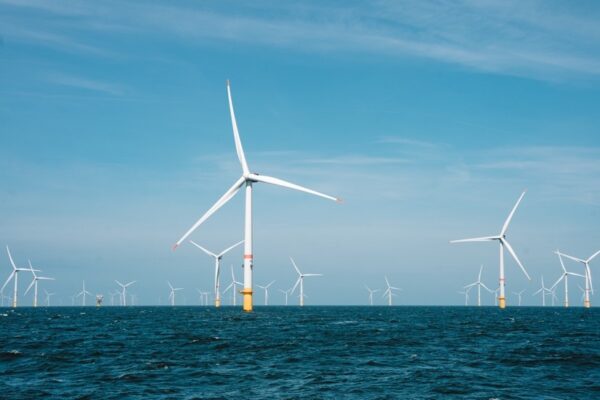A dispute between BP and Orsted over an area of seabed earmarked for both carbon storage and offshore wind is set to come to a head this year as both approach key milestones.
Orsted intends to build its 180-turbine Hornsea Four wind project in an area of sea around 40 miles off the Yorkshire coast, while BP is looking to use the area to carry out investigations of the subsurface Endurance reservoir, eyed for the proposed Net Zero Teesside (NZT) and Zero Carbon Humber (ZCH) carbon capture and storage (CCS) initiatives. The story has been reported in EnergyVoice, EuroNews and Reuters.
However, BP’s plans to use monitoring vessels and “seismic streamers” – measuring about 400 yards wide and half a mile long – appear to be at odds with Orsted’s intended turbine placement, leading to an impasse over the use of a so-called Overlap Zone between the two projects.
The two have been in discussions with the seabed manager Crown Estate for years but according to a new Reuters report, the issue may come to a head next month when the UK government is due to issue a final approval for the 2.6GW Hornsea Four on 22 February.
(Photo: Jesse De Meulenaere)
The cost of coexistence
Reuters cited a document prepared by Northern Endurance Partnership (NEP) project partners last year in which they stated: “After extensive analysis, BP and its NEP partners have concluded that coexistence across the entirety of the Overlap Zone is not feasible.”
BP said it was committed to a mutually acceptable outcome through ongoing commercial discussions, while Orsted said it was confident an agreement could be reached to allow both projects to move forward.
The impasse highlights the potential for wider conflicts as more energy projects vie for space in an increasingly crowded North Sea.
The full story can be read in EnergyVoice and Reuters.
